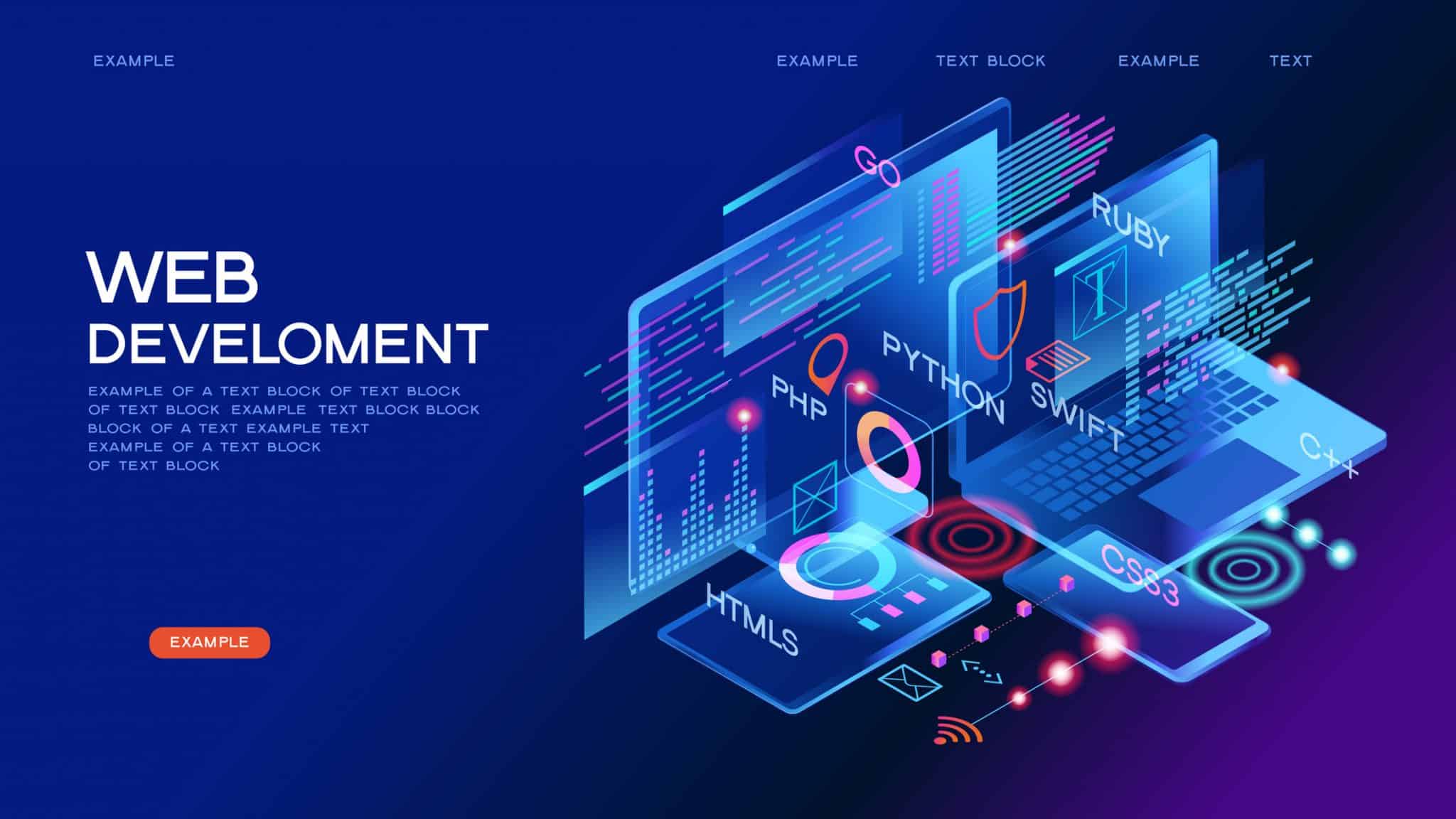
The evolution of the internet has reached an exciting juncture with the emergence of Web3 development. This transformative wave is reshaping how we interact online, shifting the focus from centralized control to decentralized frameworks. Web3 development empowers users by enabling them to own their data, engage in peer-to-peer transactions, and participate in decentralized applications that operate on blockchain technology.
As we venture into this new digital landscape, developers are being challenged to rethink traditional paradigms and embrace innovative approaches. The promise of Web3 lies in its ability to foster transparency, security, and ownership, which could potentially revolutionize industries ranging from finance to social media. Understanding Web3 development is crucial for those eager to be at the forefront of this technological revolution and to grasp the significant implications it has for the future of online interactions.
Understanding Web3 Architecture
Web3 architecture represents a fundamental shift in how we think about internet applications and user interactions. Unlike the traditional web, where data is stored in centralized servers, Web3 leverages decentralized networks, allowing users to own, control, and interact with their data directly. This shift initiates a new paradigm where trust is established through blockchain technology and smart contracts, reducing reliance on intermediaries and fostering more secure and transparent interactions.
At the core of Web3 architecture is the use of decentralized protocols and peer-to-peer networks. These technologies enable users to connect and transact directly without the need for a central authority. This architecture not only enhances security but also promotes privacy since users have greater control over their personal information. Layering these decentralized components are decentralized applications, or dApps, which are designed to run on distributed networks, making them resistant to censorship and outages.
Smart contracts play a crucial role in Web3 architecture by facilitating programmable agreements that execute automatically when conditions are met. They eliminate the need for intermediaries in transactions, thereby streamlining processes and reducing costs. With smart contracts, developers can create complex decentralized solutions ranging from finance (DeFi) to gaming and social networks, all while ensuring transparency and accountability within the system. As this architecture continues to evolve, it paves the way for innovations that challenge conventional web models and empower users globally.
Key Technologies Driving Web3
Web3 development is powered by several key technologies that are reshaping how users interact with the internet. One of the most significant components is blockchain technology, which provides a decentralized ledger for recording transactions securely and transparently. This technology allows for trustless environments where users can engage without intermediaries, making it ideal for applications like cryptocurrencies, decentralized finance, and digital identity management.
Another crucial technology in the Web3 ecosystem is smart contracts. These self-executing contracts are programmed to automatically enforce and execute agreements when certain conditions are met. By eliminating the need for manual intervention, smart contracts increase efficiency and reduce the risk of fraud. thirdweb They are essential for decentralized applications, enabling complex interactions and automating processes across various sectors, from finance to supply chain management.
Additionally, decentralized storage solutions play a vital role in Web3 development. Technologies like IPFS (InterPlanetary File System) allow users to store and share data in a peer-to-peer manner, reducing reliance on centralized servers. This enhances privacy and control over personal data while fostering resilience against censorship and downtimes. Collectively, these technologies not only enable new digital experiences but also empower individuals by providing them with greater ownership and control over their online activities.
Challenges and Opportunities in Web3 Development
Web3 development presents a unique set of challenges that developers must navigate. One major challenge is the lack of standardized protocols and frameworks, which can lead to fragmentation within the ecosystem. As a result, developers often find themselves juggling multiple tools and languages, making it more complicated to create seamless applications. Moreover, the rapidly evolving nature of blockchain technologies means that staying up-to-date with the latest advancements requires constant learning and adaptation.
Alongside these challenges, there are numerous opportunities for developers in the Web3 space. The decentralization of applications opens doors for innovation in various domains, from finance and supply chain to gaming and social networking. Developers can leverage smart contracts to automate processes and eliminate intermediaries, creating more efficient and cost-effective solutions. Additionally, the growing interest in decentralized finance and non-fungible tokens offers a fertile ground for experimentation and creativity.
As Web3 continues to mature, collaboration and community engagement are becoming increasingly vital. Developers have the chance to work together, share knowledge, and contribute to open-source projects that push the boundaries of what is possible. By fostering a strong sense of community and supporting each other through challenges, developers can not only enhance their individual skills but also contribute to the collective growth of the Web3 ecosystem, paving the way for a more decentralized and user-centric internet.
